These Are the Most Revolutionary Mobile Phones from the Past 30 Years
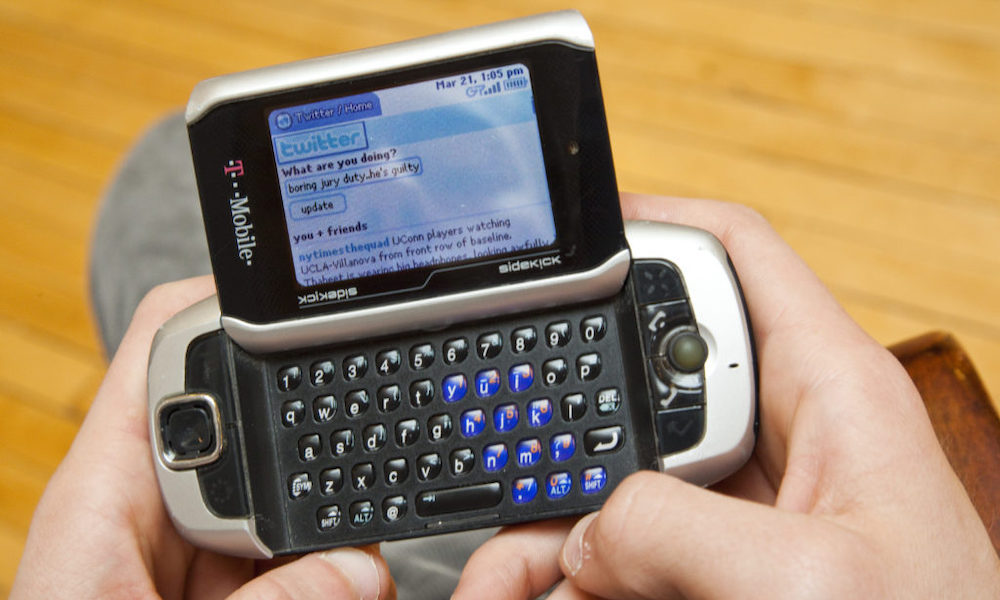 Philip Heying/Journal-World
Philip Heying/Journal-World
We find ourselves frequently amazed at just how fast mobile technology can move – and the trends that it can discard along the way. Take a look at these flagship phones released through the years, and you'll see an incredible variety of designs, experiments, and the features that would eventually define the modern smartphone.
If all of that sounds interesting, then you'll love our journey through the most important mobile phones of the past three decades, and why they mattered. We bet there's at least a few you forgot about – or never knew existed! Continue reading to browse and learn more about the Most Revolutionary Mobile Phones from the Past 30 Years.
Nokia 1011 (1992)

While mobile phone technologies had been developed before this point, they were all quite limited, very expensive, or infamously unwieldy prototypes. The Nokia 1011 was the first time the world saw what a mobile phone really could be, and nothing else would be the same afterward.
It's also notable for being the first mobile phone that could be used around the world, thanks to – you guessed it – GSM: the Global System for Mobile Communications, commonly thought of as "2G" and a technology that would be pivotal for cell phones moving forward.
Motorola StarTAC (1996)
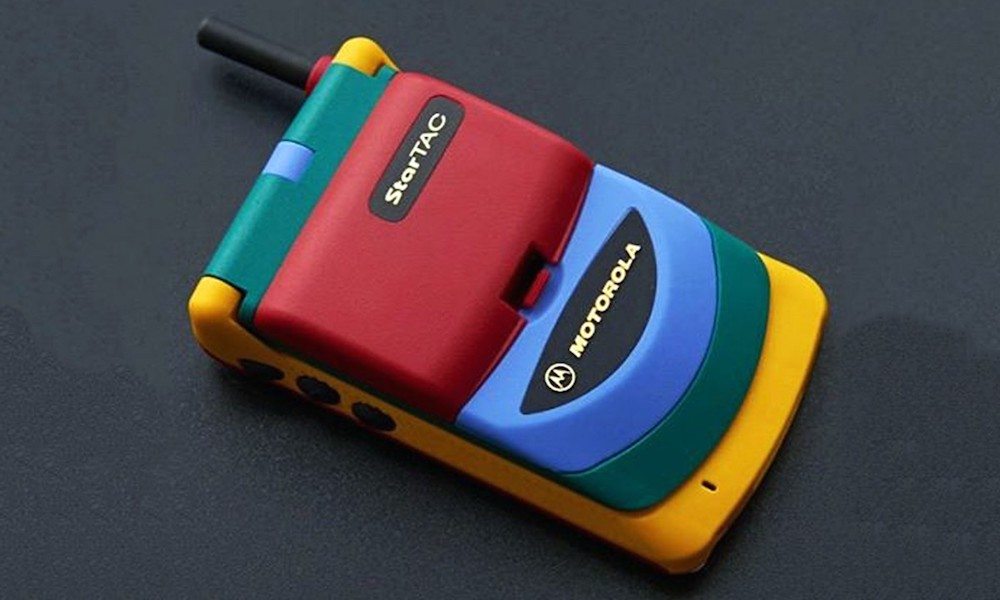
The early 90s was a race to see who could create small but usable mobile phones. Pocket-sized mobile phones were finally in, and Nokia was firmly established as king as of the mobile world. The StarTAC easily cemented its legacy as the first true "clamshell" phone, designed to flip open with a flick of your thumb, and a pull-out antenna to facilitate clearer connections.
If you watch any movies from this time, you'll probably see a StarTAC at some point. Like many key mobile phone models, it became a status symbol and shorthand for exciting new technology. The price for this amazing flip phone? A hefty $1,000.
Hey, maybe some things haven't changed so much...
Nokia 9000 Communicator (1996)

The Nokia Communicator introduced an entirely new type of mobile phone design (no one could stop Nokia's design experimentation during this time). The sideways clamshell flip phone design would be used many times in the future, but this was the first model sold to consumers and is often considered the first true smartphone made available for the average buyer.
In addition to making calls, the mini-keyboard and onboard storage allowed users to send emails, send faxes, look through contact information, and even browse the internet – with some patience.
Nokia 3310 (2000)
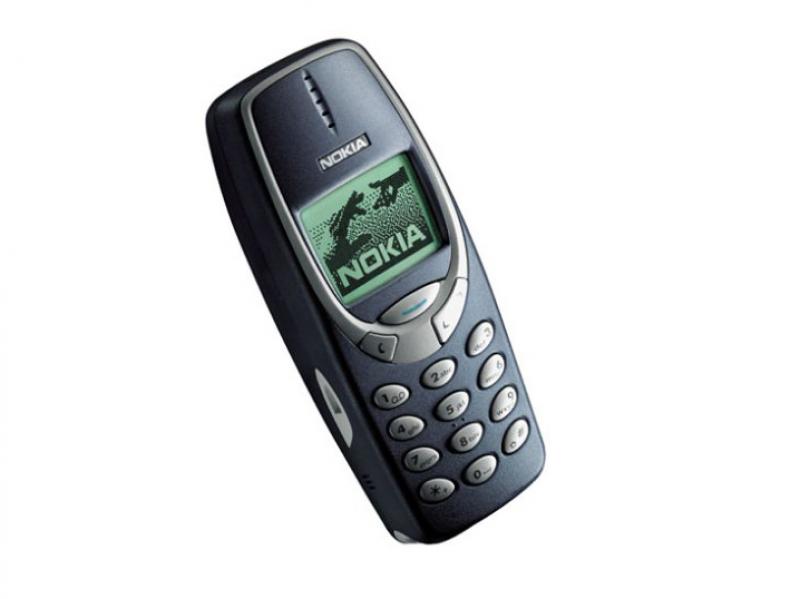
By this time, commercially available cellphones had become common, and Nokia had perfected its design. The 3310 was a culmination of a decade of technology and development – a compact, durable phone that could call and text with ease. While Nokia's future phones would grow in complexity, they continued to maintain this highly reliable design. However, other tech companies were investing a lot in their mobile efforts around this period, and Nokia was about to have a whole lot of competition.
T-Mobile Sidekick (2002)
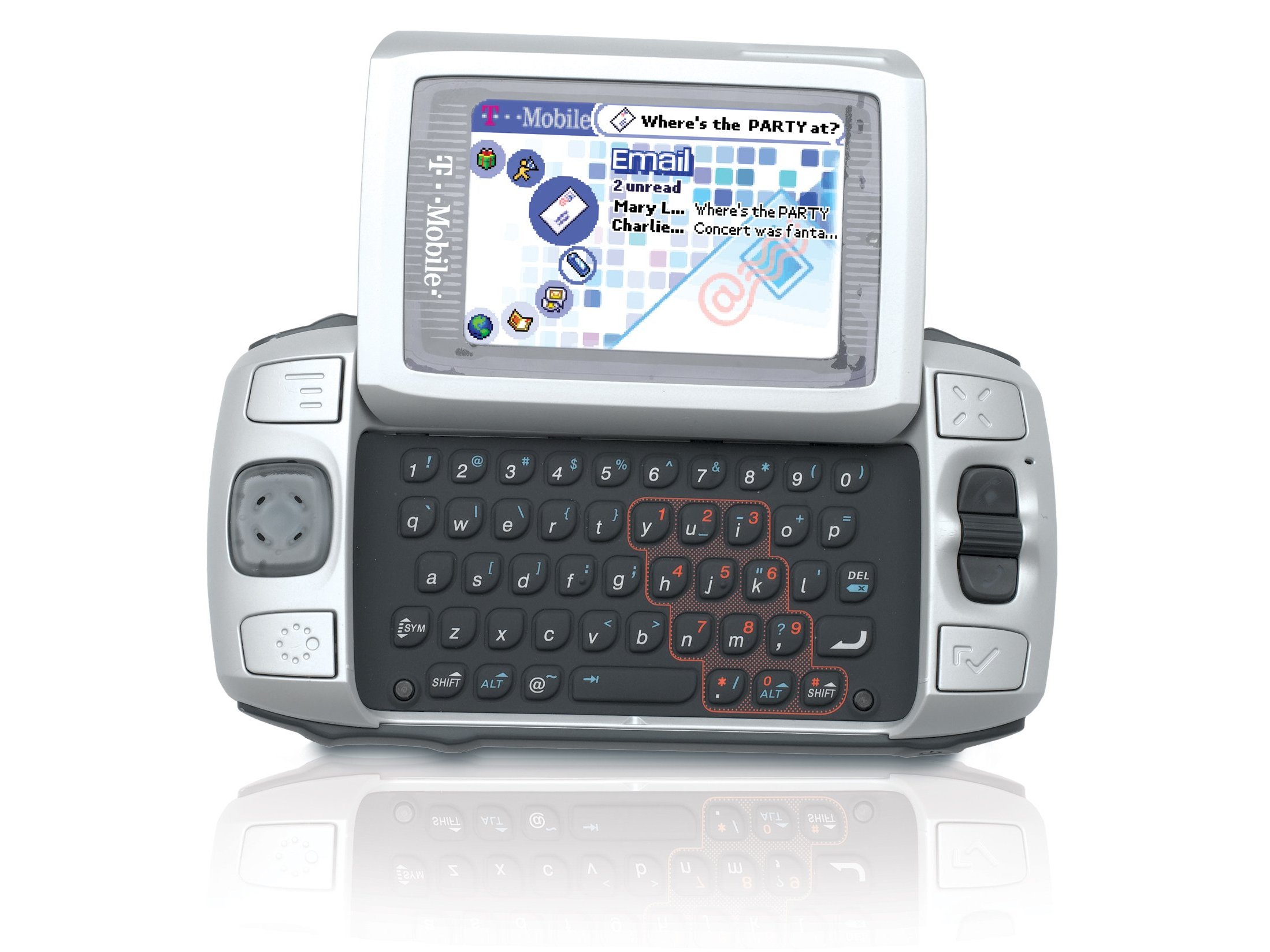
Also known as the Hiptop, this legendary smartphone was born out of Danger Research, a group formed from Apple talent that wanted to make the mobile phone as much like a computer as possible. Their creation was a fascinating phone with a screen that could flip up and out to expose an internal keyboard. The large screen was ideal for online activities like instant messaging and web surfing, and the unique design caught attention quickly.
The phone was first released in 2001, but was repackaged a year later by the company that had just become T-Mobile, under the new name Sidekick. This phone would ultimately have several different variations, some including a camera for video chatting, and celebrities were known to show them off. The Sidekick also introduced one of the common phone problems of that era: It was just too heavy.
Motorola RAZR V3 (2004)
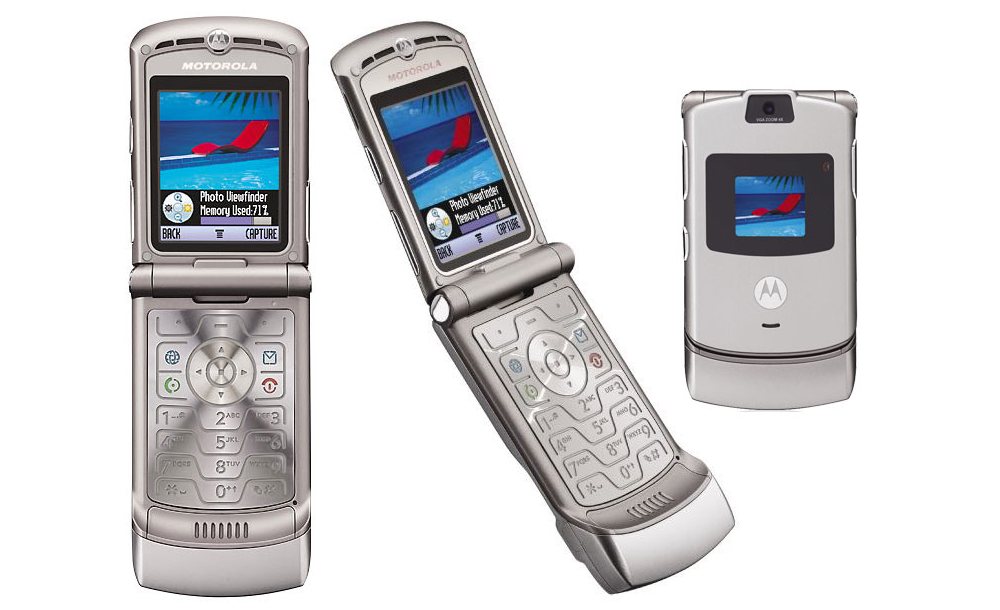
The Razr V3 was the perfect culmination of the flip phone era, stylish and sporting colored screens on both the inside and the outside, while still being thin enough to fit in even the tightest jeans. It's hard to exaggerate just how popular the RAZR was – it remains both the bestselling clamshell of all time and the most popular Motorola phone ever.
In some ways, the RAZR also signaled the end of an era. Smartphone makers were pursuing larger, more complex devices featuring touchscreens, a development that would change the mobile world forever.
Blackberry Curve (2007)
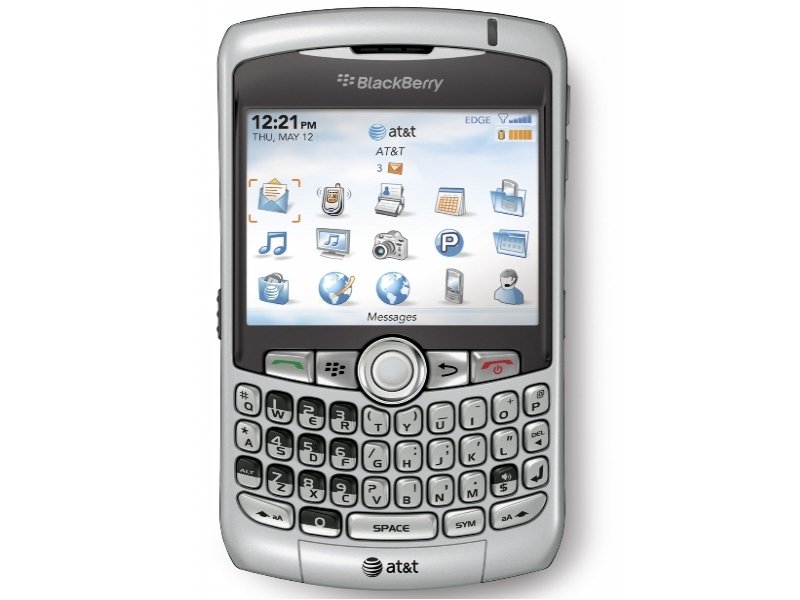
Blackberry had a strong innovative streak in the mid-2000s that led to several excellent (and trendy) models that quickly became the device for the business sector. The Curve was particularly special, a user-friendly compact smartphone with a front-facing keyboard and large screen – no flipping or sliding required. It was designed for speedy replies and, when necessary, web navigation. Professionals were very pleased with the results, and it would also become the go-to smartphone for anyone who loved to text.
Nokia N95 (2007)
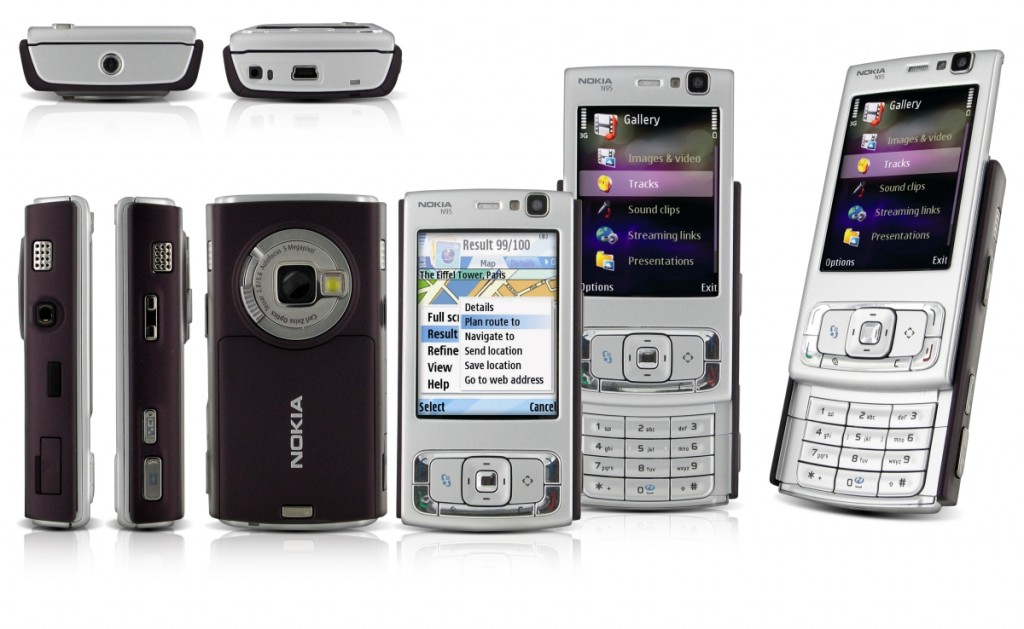
Nokia's day as ruler of the mobile phone world was already passing, but the company still had a few tricks up its sleeve. The biggest trick was the N95, a slider phone that could play music and movies, take 5MP photos, and so much more. It also had Wi-Fi, Bluetooth, voice commands, Flash compatibility, and even an FM radio. Basically, it could do just about everything, and it really opened the eyes of even the most stubborn consumers about what a smartphone could really do.
The N95 was a huge success around the world, but it was also a signal of the end for Nokia's dominance. The smartphone world was about to change in a big way.
iPhone (2007)
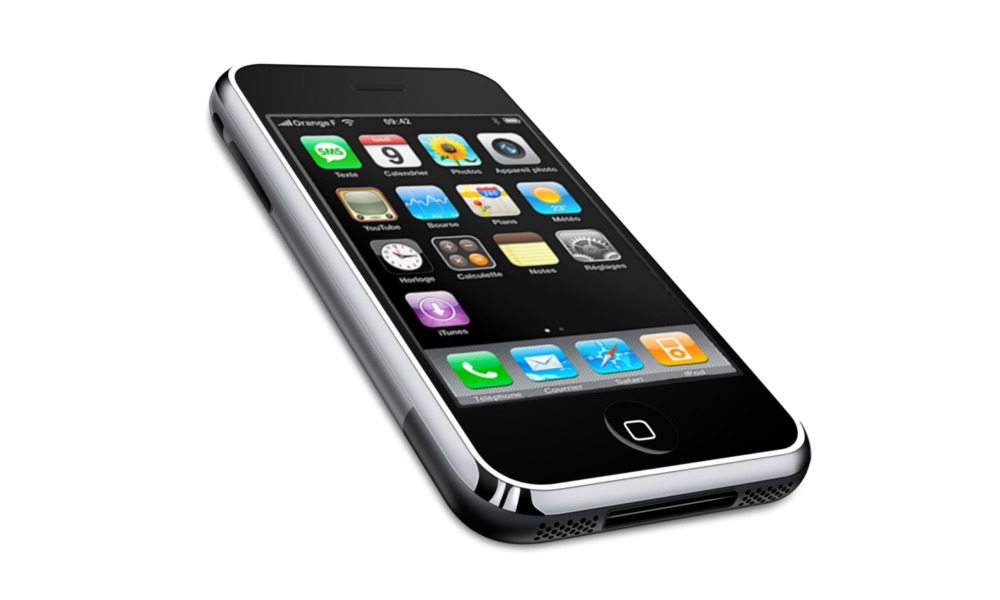
The iPhone introduced the first true full-touchscreen smartphone experience to the world, and the rest was history. Its ease of use, iPod-esque capabilities, advanced web browser and more made it obvious that this was the future of mobile phones. Oh, and if you're curious, it sold for only $500 and was soon followed by the iPhone 3G in the coming year.
T-Mobile G1 / HTC Dream (2008)
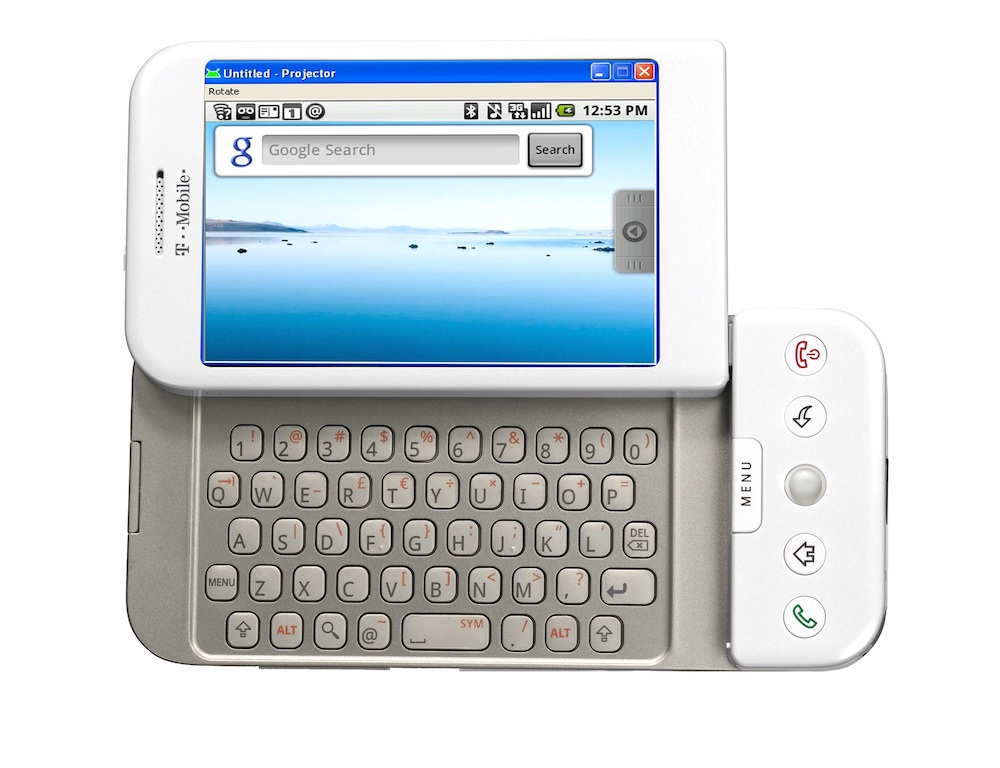
The G1/Dream (sold under both names) had one major innovation for the future of smartphones: It was the first phone to offer Android OS. Google had bought Android several years earlier, with plans to focus on creating an operating system that facilitated all kinds of mobile tasks. This particular model was the first sign that they had succeeded in a big way, ultimately leading to the formation of the Open Handset Alliance.
Motorola Droid (2009)
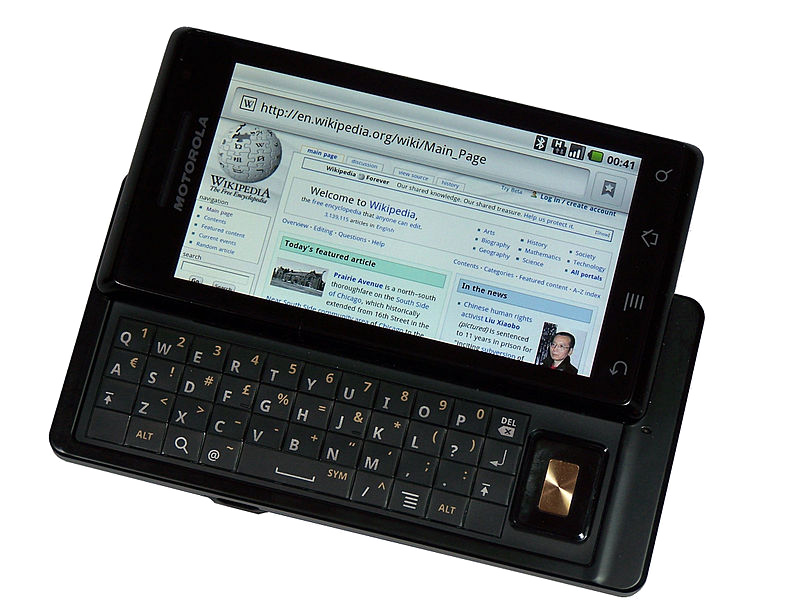
The Motorola Droid was the phone that cemented Android as one of the main operating systems of the new smartphone age. It was also a huge marketing project with slick ads that worked hard to convince people that Android was a force in the industry. Let's not forget that it was also a great phone with a futuristic design and physical keyboard. Although physical keyboards wouldn't stay the norm forever.
Palm Pre (2009)
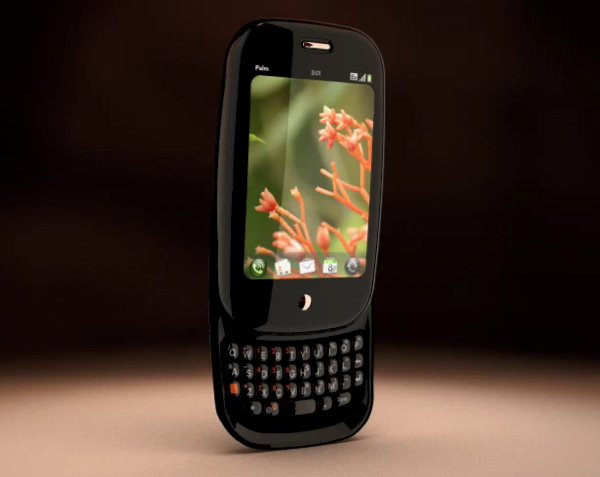
What happened to Palm in all of this? Palm's personal assistant technology was popular in the 90s and early 2000s, but the company struggled to combine its tech with mass-market phones especially when faced with growing competition. The Pre and Pre Plus were the last significant attempts by Palm to compete in the smartphone world, and the reasons it ultimately couldn't. Its OS was innovative for the time, although a bit buggy; and it highlighted just how good Android and iOS were. Although after Palm relinquished its market share, iOS would eventually borrow a few of WebOS' highlight features that we still use today (like card-based multitasking).
Samsung Galaxy S (2010)
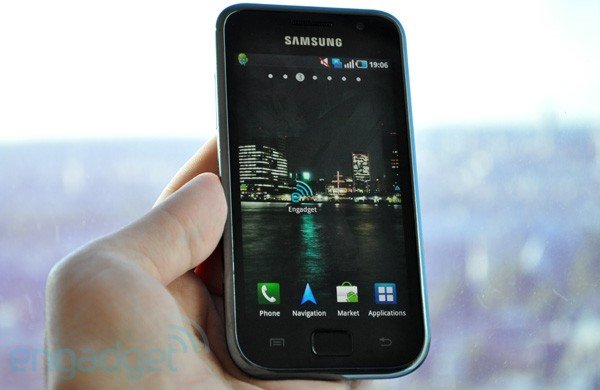
Our list wouldn't be complete with including the first flagship Galaxy model, Samsung's Galaxy S. It was also the first significant rival to Apple's full touchscreen iPhone, something Android fans had been waiting for eagerly. It debuted with 16GB of storage, an AMOLED touchscreen, and a 5-megapixel camera, beginning a powerful formula that Samsung has not strayed far from in nearly a decade.
Samsung Galaxy Fold (2019+)
Samsung is back again, rounding out the list with its infamous Galaxy Fold. While the company faced harsh criticisms regarding the fragility and unforgettable issues with its initial product, the Fold's going back to Samsung's labs to rectify those problems and (hopefully) will be released later this year.
Even though the Fold isn't available just yet, foldable smartphones are slated to be the next big revolution in mobile phone design. They offer an incredible amount of screen real estate without sacrificing much in physical size. At the very least, they're super cool.
Even if smartphones with foldable displays don't take off right away, they'll eventually change the industry the same way touchscreens replaced physical keyboards years ago.

